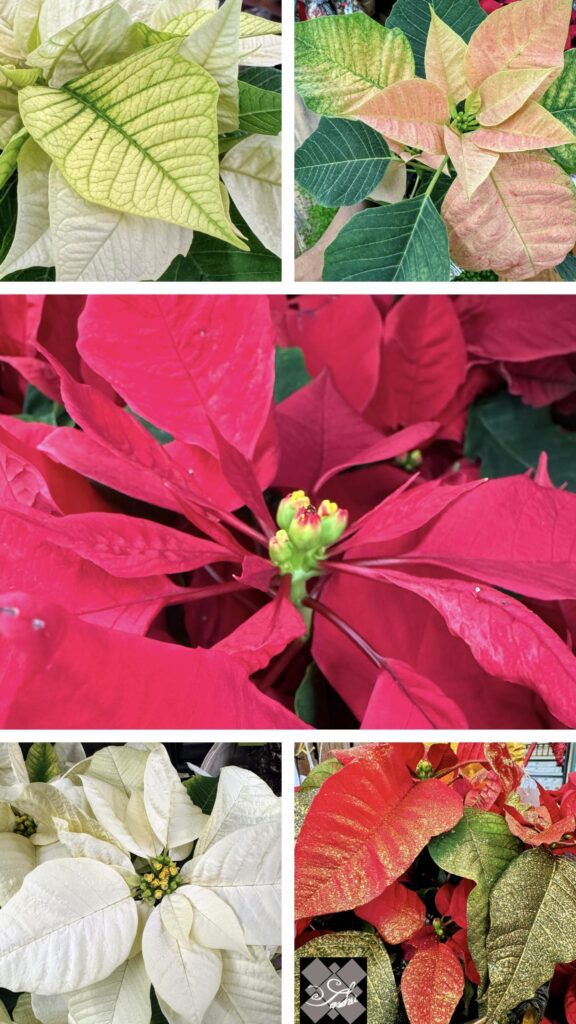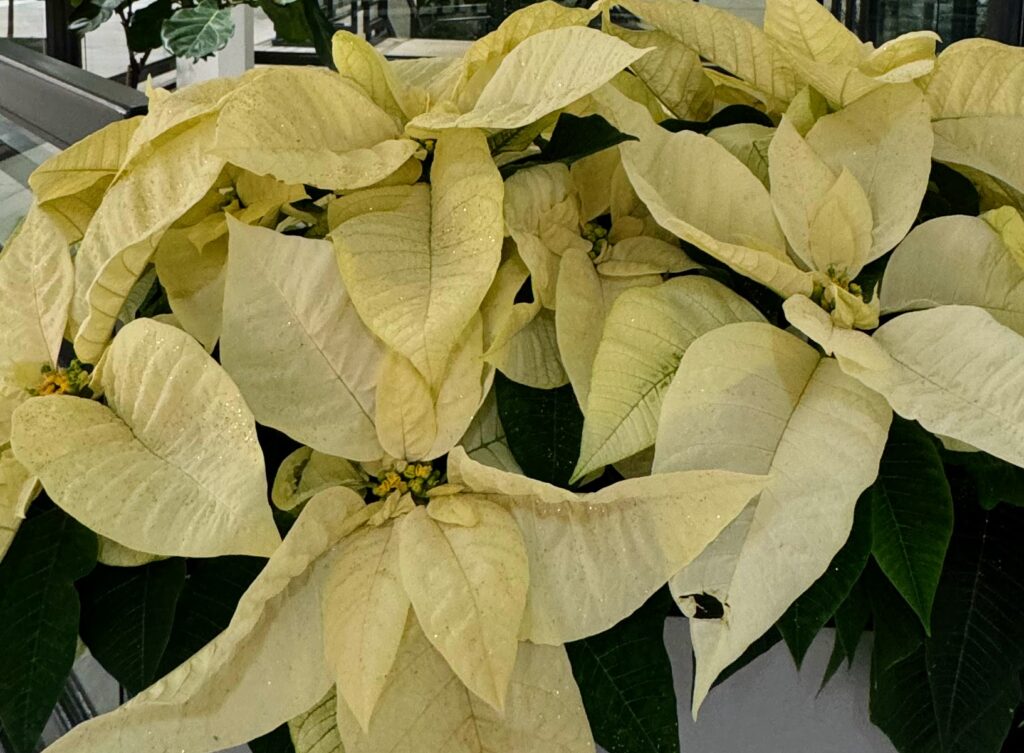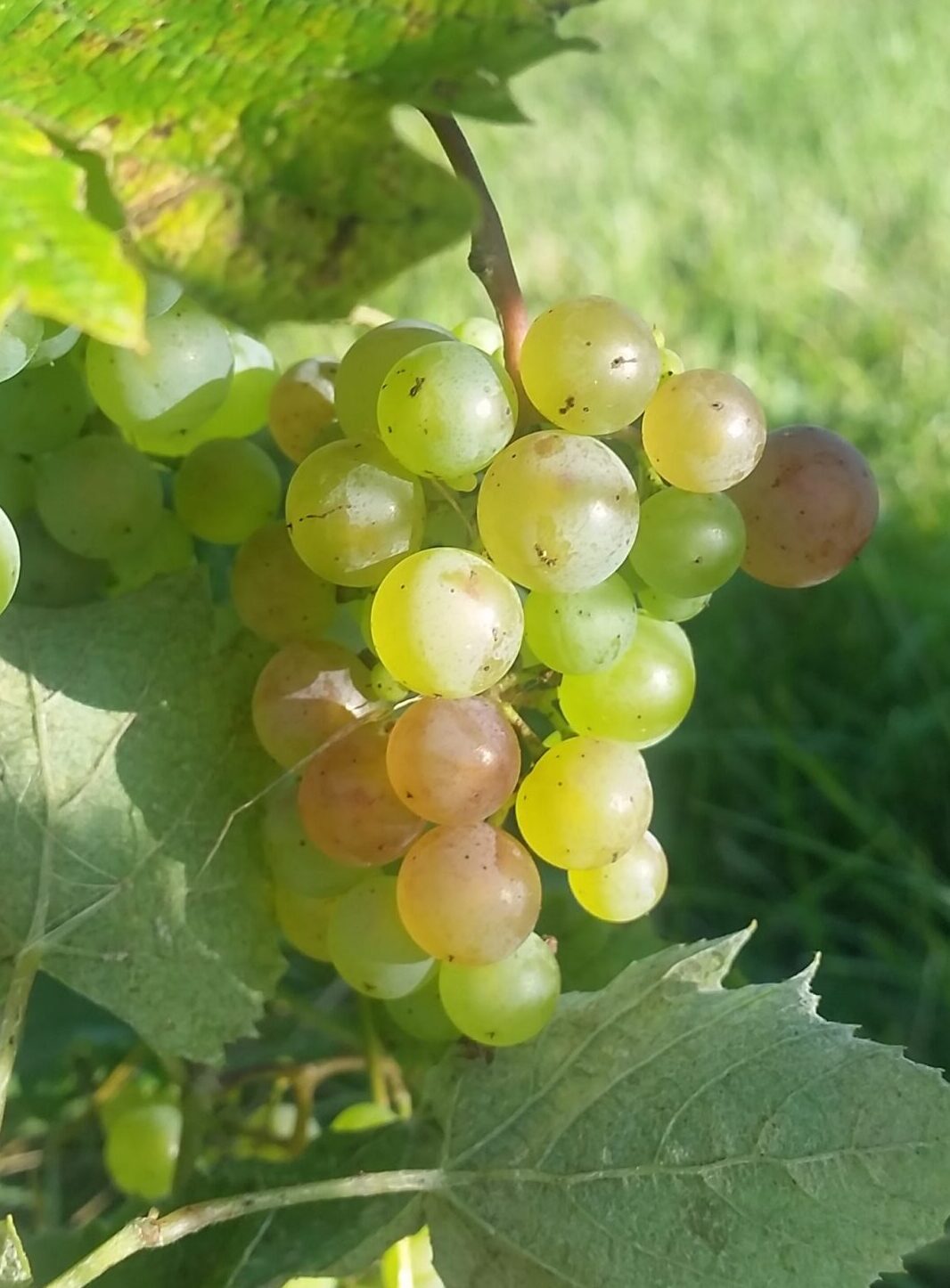December 12th is Poinsettia Day, a popular holiday plant in most garden centers. Around 70 million poinsettias are sold annually in the United States in just six weeks, totaling approximately $250 million in sales in the U.S. and Canada.

Poinsettias are native to Central America. Specifically, an area in southern Mexico called “Taxco del Alarcon.” The ancient Aztecs created a purple dye for clothing and cosmetics with this plant. They also used the poinsettias’ milky white sap wax to create a medicine to treat fevers. The original Nahuatl name for the plant we call “poinsettia” is cuetlaxochitl (kwet-la-sho-she), and referred the flowers as flor de nochebuena (Christmas Eve flower).
The poinsettia plant was introduced to the United States by Joel Roberts Poinsett, an American physician, diplomat, botanist, and Foreign minister to Mexico. He brought the plant to his home state of South Carolina in 1828 and shared it with his friends in other states, including John Bartram in Philadelphia, PA. Bartram is believed to be the first person to sell poinsettias under their botanical or Latin name, Euphorbia pulcherrima, which means “the most beautiful Euphorbia.” Once the poinsettia came to the U.S., it quickly gained popularity. It earned many names, such as the Star of Bethlehem, Christmas flower, Christmas star, Lobster plant, Painted leaf, Mexican flame leaf, etc.
The poinsettia plant we know today results from many years of selective breeding and engineering. Research began in the mid-1950s and led to many improved cultivars and varieties. Over 100 varieties exist created through hybridizing, including white, cream, yellow, peach, pink, purple, and marbled. However, red poinsettias still account for over 70% of sales.
Poinsettias are short-day photoperiodic plants; they flower naturally when the nights are longer than the days.
Most people toss the plant in a landfill, but with some TLC, it can be rebloom next Christmas.
TLC
- Poinsettias bloom when the days get shorter (short-day photoperiod crop). These plants grow well in moist soil, requiring temperatures between 65 and 70 degrees F. They can be grown outdoors during summer. Though poinsettias are not poisonous, their sap may cause dermatitis. Additionally, the bracts change color depending on their exposure to light.
Be Wary
- The sticky, white sap can cause a skin rash; therefore, wear gloves while working with these plants. And avoid any contact with the eyes and mouth. After use, it is essential to wash the tools thoroughly, as the sap can make the tools sticky.
Light
- For indoor poinsettias, put them in a window that gets bright daylight. Keep the temperature between 65-70 degrees F and avoid placing them near cold drafts, heat ducts, fireplaces, fans, space heaters, or fluctuating temperatures. Give them 4-6 hours of part sun daily for outdoor poinsettias. Temperatures below 50 degrees F will damage them, and freezing temperatures will kill them.
Watering
- Water your plants when the soil is dry, or the pot feels lightweight. Remove any decorative foil or outer pot before watering, and ensure the plant is in a pot with proper drainage. Water your plant thoroughly and allow it to drain completely, never letting it sit in excess water. Avoid letting your poinsettia plant get too dry or wet, as both can harm the plant’s roots.
Fertilizing
- Do not fertilize your poinsettia during the holidays. Begin fertilizing when you see new growth using an all-purpose household plant fertilizer mixed with water at half the recommended strength. Feed your poinsettia every 3-4 weeks to keep the plant healthy and provide the necessary nutrients for new growth.
Transplanting
- Transplant your poinsettia in late spring or early summer into a larger pot or a part-sun garden bed with well-drained soil. Use a soil mix with organic matter and ensure good drainage. If planting in a garden bed, mix organic matter into the soil. Water your poinsettia thoroughly after transplanting.
and more
- Every three to four weeks from spring until early September, pinch back the growing shoots, leaving only five to six green leaves per stem. After that, just let the stems grow.
- To make Poinsettias bloom again, mimic short winter days by providing complete darkness for 14 to 16 hours per day for six weeks. If growing in an outdoor container, bring the plant inside around October 1 and follow these steps.
- To care for a Poinsettia plant, place it in a sunny window for eight to nine hours daily, followed by complete darkness for the rest of the day. Keep the plant at a 65°F temperature at night and slightly warmer during the day. Water it as needed, but do not fertilize. Repeat this routine every day for six weeks or until the bracts start showing color. After that, care for the plant as usual, but don’t expect abundant blooms.
Yellow leaves in plants are typically caused by overwatering or underwatering. To avoid this, make sure the soil is slightly damp to the touch. Overfertilization can also cause yellowing of leaves, so be mindful of how much fertilizer you use.
I understand the extra work and hassle of re-growing Poinsettias for those who don’t garden in subtropical zones. But Its worth trying to keep them off landfill or compost in your garden.

The poinsettia is the official Christmas flower. The legend behind the poinsettia comes from a Mexican story about a girl named Pepita. Pepita was sad she didn’t have a gift to give to baby Jesus, so her cousin told her that Jesus would love any gift she gave, even the smallest one. Angels felt sorry for Pepita and transformed her weeds into red flowers for the nativity. This is why red and green are the colors of Christmas today.
The shape of the poinsettia flower’s bracts and leaves are sometimes thought to symbolize the Star of Bethlehem. The red leaves symbolize the blood of Christ, and the white leaves represent His purity
“A joyful heart is good medicine” Proverbs 17:22

